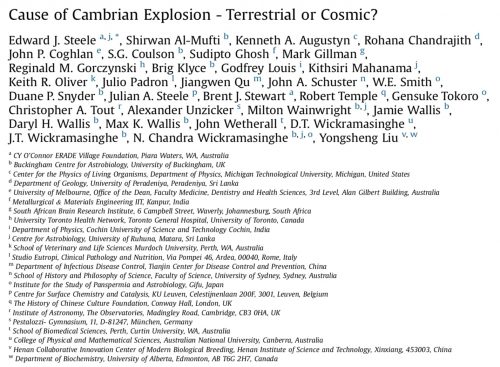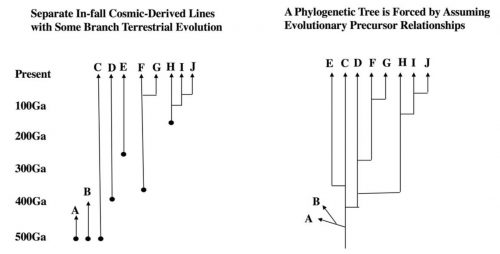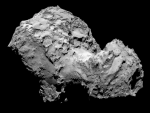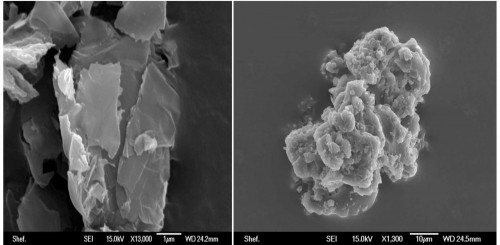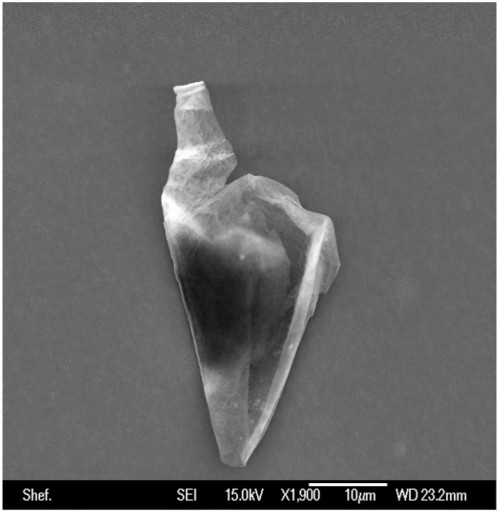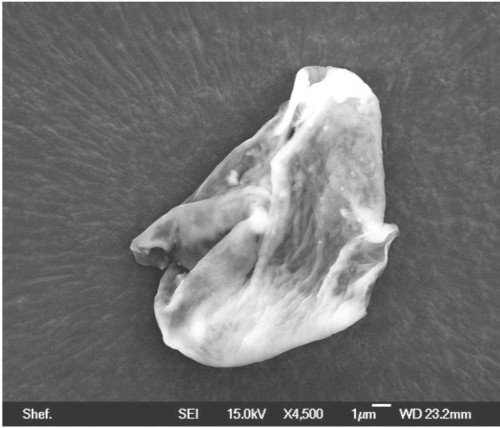I know that I need a haircut, and I was losing my voice here, and that this Matt Powell character is an awful little pipsqueak who doesn’t deserve any attention, but I wanted to throw together a little video because I was bemused by the fact that he was using those claims about aliens by Wickramasinghe to condemn all of evolutionary since. When he started incredulously yelling that “THIS IS WHAT EVOLUTION TEACHES,” that squid piggy-backed on asteroids to populate the planet, I just had to point out that this is most definitely not what evolution teaches, and that it was plain bad science.
I think I’m far more pissed off at those phonies affiliated with panspermia, and their long-running infiltration of the science establishment, than I am with a not-very-bright loudmouthed kid babbling about Jesus.
And if I’m mad at those wackos, you can’t imagine how furious I get with those frauds promoting evolutionary psychology.




